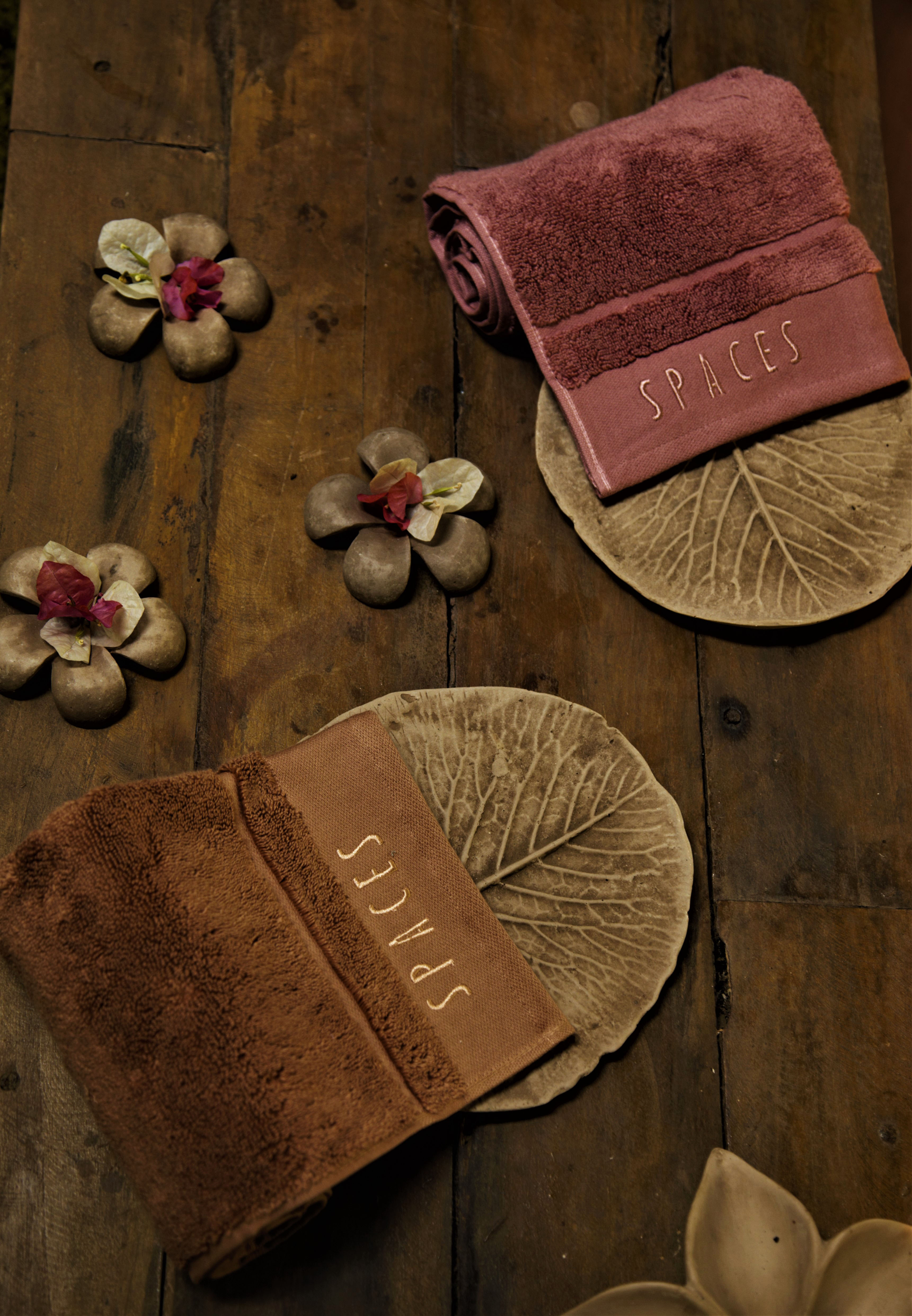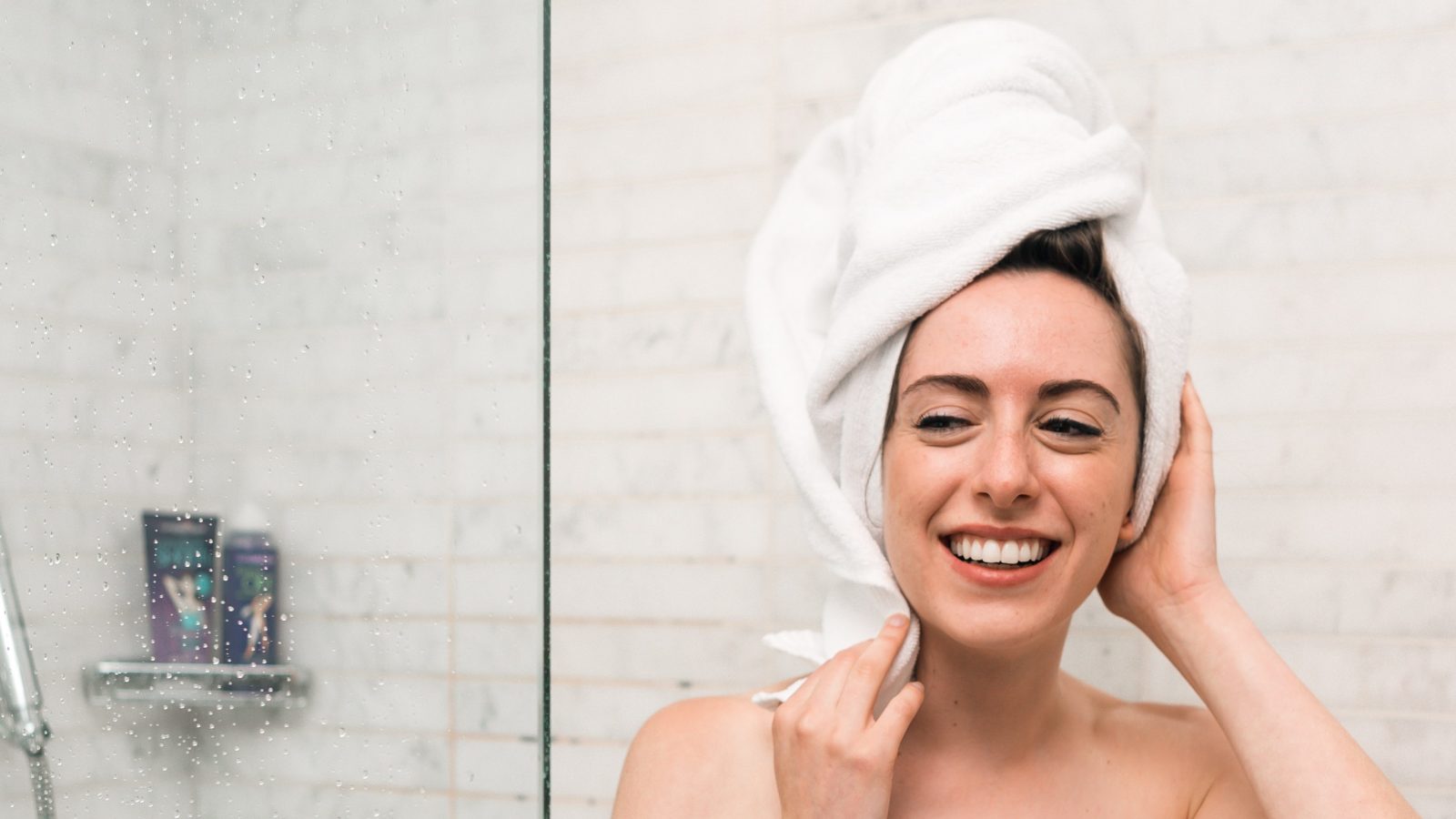There’s a popular quote dentists love to display in their clinics: You don’t have to brush all your teeth, only the ones you want to keep. The wisecrack gets many to bare their molars but what’s more interesting is its universal applicability. You don’t have to brush or care for all your hair, only the ones you want on your head.
In the age of chemically-laden hair products and styling techniques, our newly-minted adage is especially relevant. Often, we have no idea how damaged our locks are. We breathlessly repeat the curling, straightening, colouring routines until they become second-nature. Sometimes, we style right over the damage, ignoring the better judgment of a certain, older, female family member.
Hair’s inner cortex and outer layer of cuticle is held together by delicate proteins and so, it’s as susceptible to damage as any other part of your body. “But when it’s wet, it’s weaker and more fragile,” says Sarita Ramdas, a dermatologist practising in Bengaluru. So if India’s tropical climate has not deterred you from turning on the blow dryer full blast, this should.
Control the Heat
“Let most water drain out of your hair naturally. Say, 60-70%,” Ramdas says. “Only then use your blow dryer”. Using the blow dryer from the beginning will increase the damage due to heat, she argues. If you must, “use a serum that can protect your hair from heat,” she adds.
Control the Distance
It may be tempting to take the nozzle of the dryer close to your head but Ramdas advises that you should keep it as away as your arm’s length would allow. The distance is enough to let the heat reach your hair and eliminate all chances of it ending up fried.
Combing Wet Hair
We already mentioned it’s a sin. But you may be tempted to get rid of knots if you have frizzy hair that behaves only when it’s wet combed. Still, hold that comb. Wet hair is susceptible to breakage and combing exacerbates the chances.
Instead, argues, Namrata Mathews, a hairstylist, you can use a wide-toothed comb to comb your hair after shampooing and before conditioning. “Untangle it with the comb as gently as possible and then use the conditioner. Not only will the conditioner reach each strand, your hair will also be more manageable once you wash it.”
Drying Wet Hair
Both Mathews and Ramdas believe it’s best to let the hair air dry as much as possible, but it might not always be possible. What are the alternatives?

Use a cotton or microfibre towel. It’s more likely to quickly absorb the water when compared to other fancier towels. They are also gentler on your precious tresses and do not aid frizz.
The other is to use your fingers to gently scrunch up your hair and wring out the additional water.
For the rest, you will just have to wait for the sun to work its magic.


